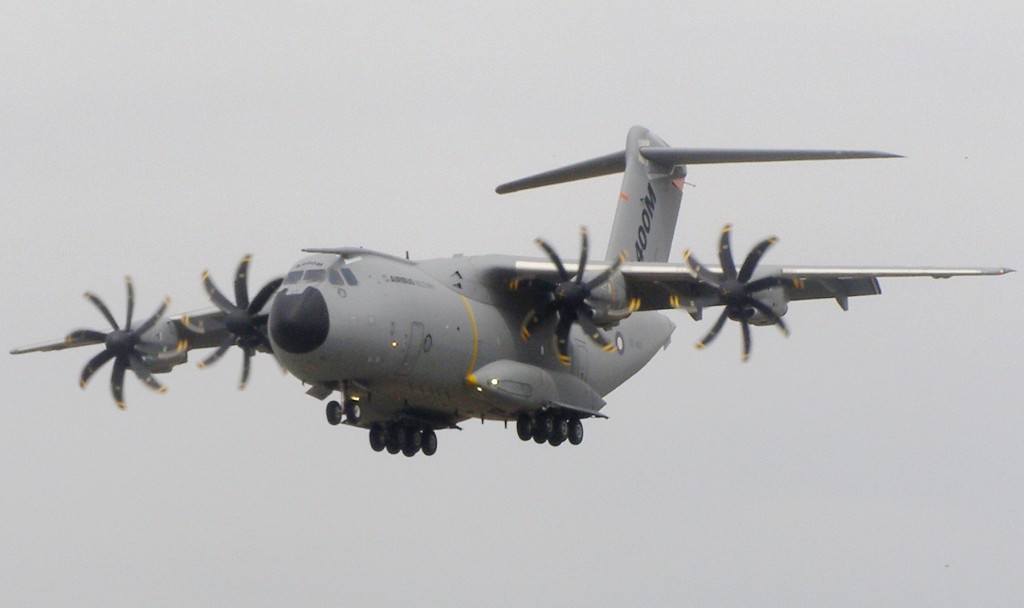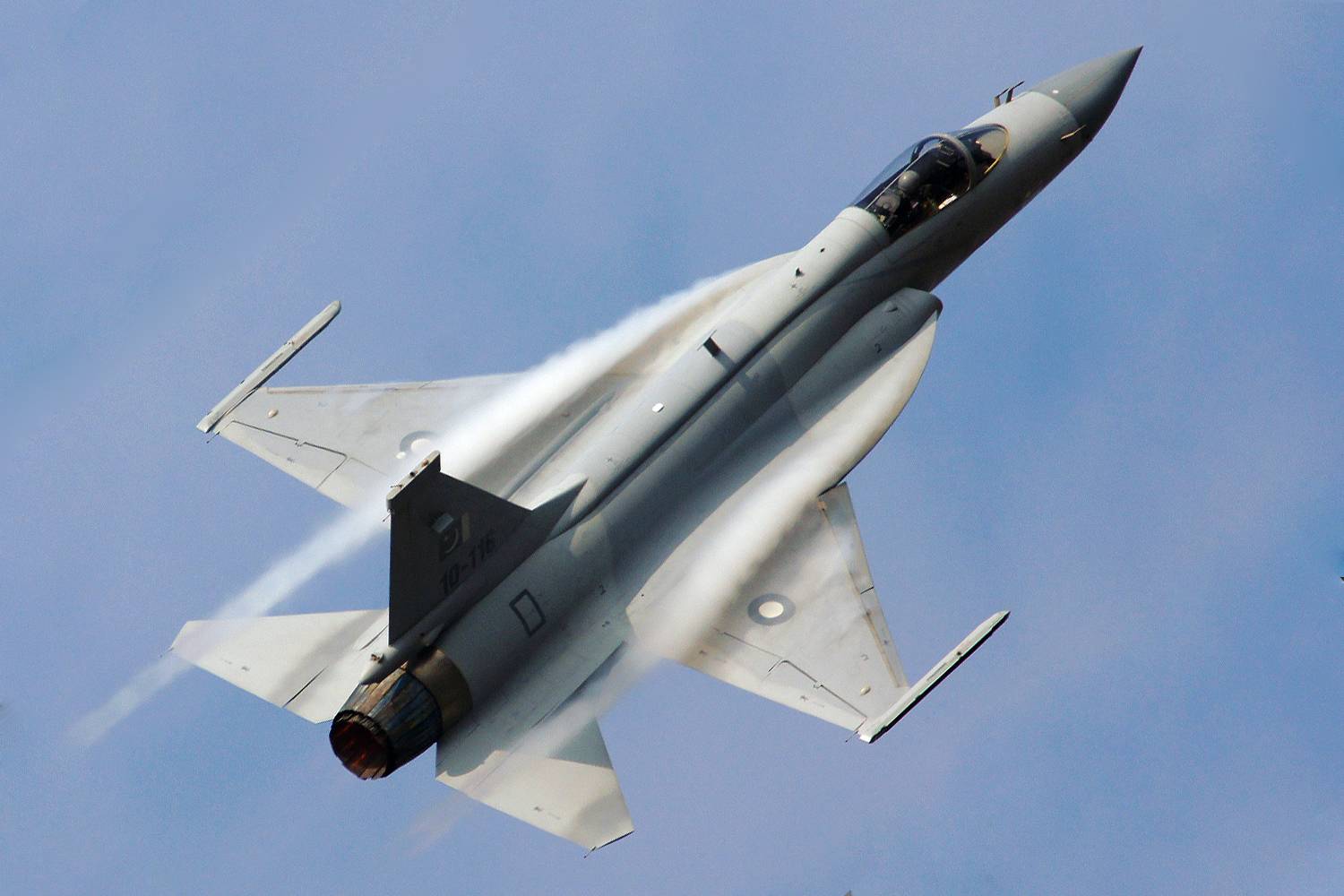Spain on Thursday said test flights of Airbus A400M military planes that have already rolled off the assembly line could resume, after suspending them in May following a crash that killed four people.
Airbus executives met with Spain’s National Institute of Aerospace Technology on Thursday to discuss resuming flights after one of the massive transport planes crashed during a test on May 9 near Seville, killing four of the six people on board and seriously injuring the two others.
“After the meeting the decision was made” to reauthorise test flights by prototype A400M planes that have already left the assembly line, the defence ministry said in a statement.
But A400M models that are still in production have not been given the green light to take off.
“We’re waiting for Airbus to bring us new data,” a defence ministry spokesman told AFP.
“Further meetings will be held in the coming days” on this matter to achieve “maximum safety guarantees for flights by these planes,” the ministry said.
The A400M, a large, propeller-driven transport aircraft, was launched in 2003 to respond to the needs of seven NATO members — Belgium, Britain, France, Germany, Luxembourg, Spain and Turkey — with Malaysia joining in 2005.
Britain, Germany, Turkey and Malaysia joined Spain in grounding their A400M planes, which are assembled in the southern Spanish city of Seville, after the May 9 crash.
An initial analysis of the black boxes revealed that three of the aircraft’s four engines failed, Airbus has said.
Airbus said Tuesday it would still be able to deliver between 13 and 17 A400Ms if it got approval to resume test flights soon.
“The assembly line is still rolling and the planes are parked in Seville awaiting flight authorisation,” said Fernando Alonso, head of Airbus’ military aircraft division in Europe.
“We now need to convince Spain’s defence management that the measures taken by Airbus are sufficient.”
The crash is only the latest trial for the troubled A400M programme, which was plagued by development setbacks that led to years of delays and costly overruns.
The first aircraft was delivered in 2013, and a total of 174 have been ordered. The aircraft programme has now cost 28 billion euros ($31.6 billion) compared to 20 billion euros ($22.5 billion) originally.











